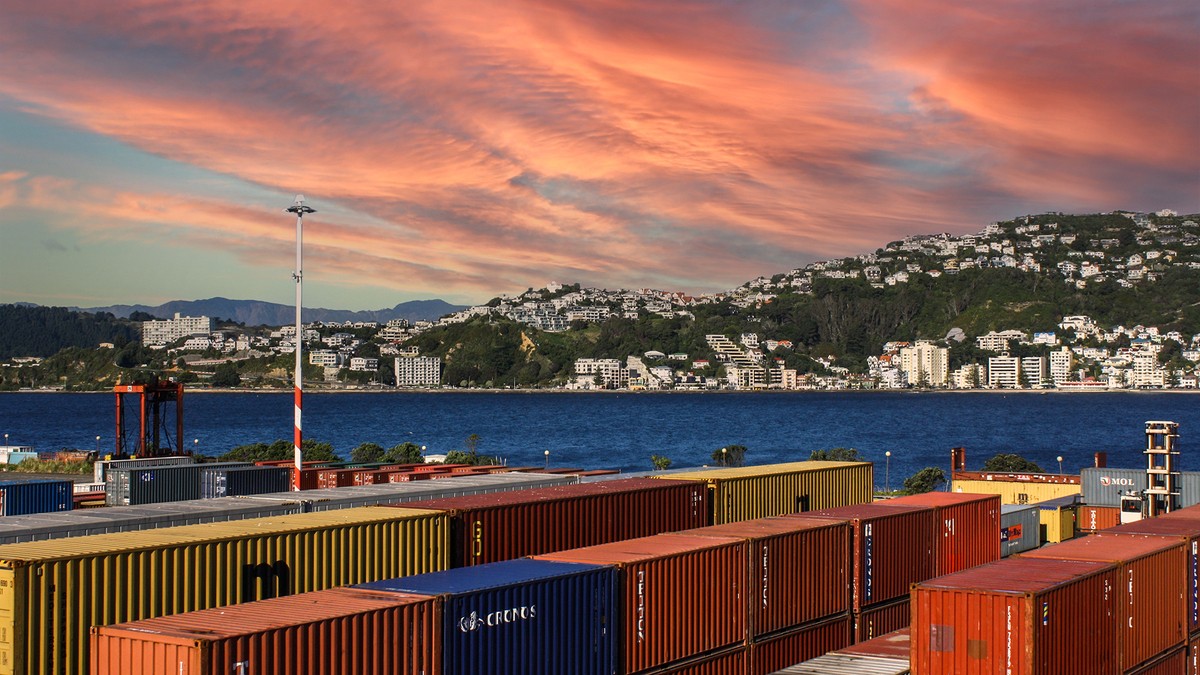NZ Business
Shipping costs stabilising - but Omicron could change that

It has been the bane of our exporters and importers, but ANZ economists say the record high cost of shipping may have peaked – while also warning that the Omicron Covid-19 variant could still disrupt logistics.
As Covid-19 spread around the globe, an increase in scheduled cargo, as well as slowdowns and labour issues at major ports led to widespread shipping delays and high prices.
In ANZ New Zealand’s December Agri Focus Report, Agriculture Economist Susan Kilsby writes that while shipping prices appear to be stabilising, it could take another 12-18 months before they calm down completely.

ANZ New Zealand Agriculture Economist Susan Kilsby
She also warns that prices are likely to remain higher than before the pandemic, even when they do settle.
“Logistics are a real challenge for our exporters and importers, as the reliability of shipping has fallen dramatically since the pandemic hit – getting produce to market on time and in perfect condition is a real challenge for exporters of perishable goods,” Susan says.
“Some of our larger exporters have mitigated some of the challenges through partnerships with shipping companies, or by chartering ships, but this is not an option for our smaller exporters who rely on space being available on scheduled shipping services.”
Smaller exporters have therefore been more exposed to the higher freight costs than some of our larger companies.
“But there are some indications that freight prices in general are easing,” the report says.
“The Baltic Dry Index fell 50% from early October to mid-November, but has since crept up a little, and a number of indices that measure the cost of moving containers around the world have also eased a little in November.
“However, freight prices are bobbing around, and could certainly rise again, particularly if Omicron – the latest variant of COVID-19 – results in labour shortages at key ports.
“Overall we can expect freight costs to remain higher than normal for at least the next 12 months.”

Many New Zealand business sectors will be feeling the effects of those higher prices, especially importers and exporters, but the report also highlights New Zealand’s timber industry as being among those hurting as the market shifts.
A spike in the price of timber being sold to China earlier this year, which reached about US$200/JASm³, has now eased to about US$150/JASm³, and freight prices currently accounting for almost half the value of the log itself.
“The cost of moving a log from New Zealand to China peaked at about US$75/JASm³, but looks to have now eased to about US$65/JASm³,” the report said.
“Prior to the pandemic, shipping costs were under US$20/JASm³, so they increased nearly fourfold.”
Log prices in the Chinese market have also dropped by as much as 20 per cent in recent months.
“The well documented slowdown in property development in China - due to financial vulnerabilities - has resulted in more caution from Chinese log importers,” the report says.
RELATED ARTICLES
NZ Business
New frontier for farmers as low-interest environment starts to turn
NZ Consumer